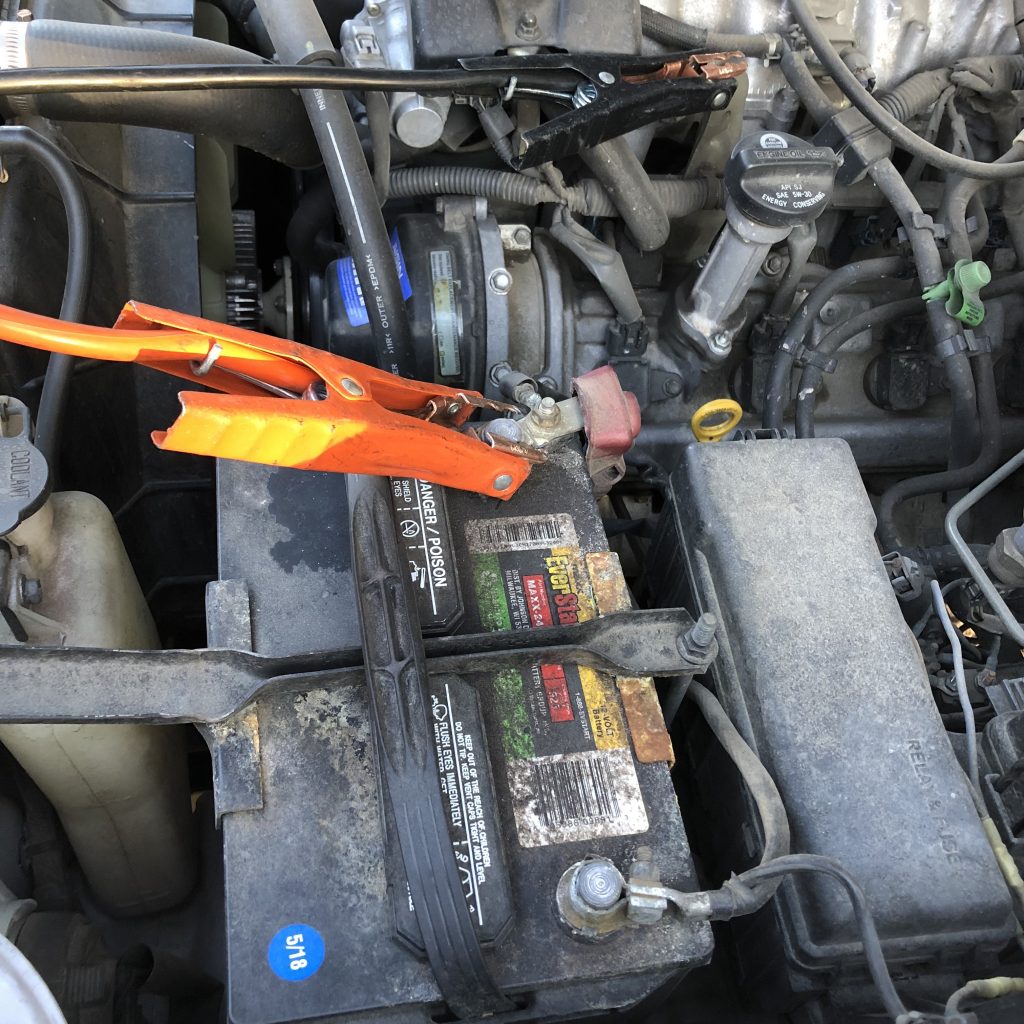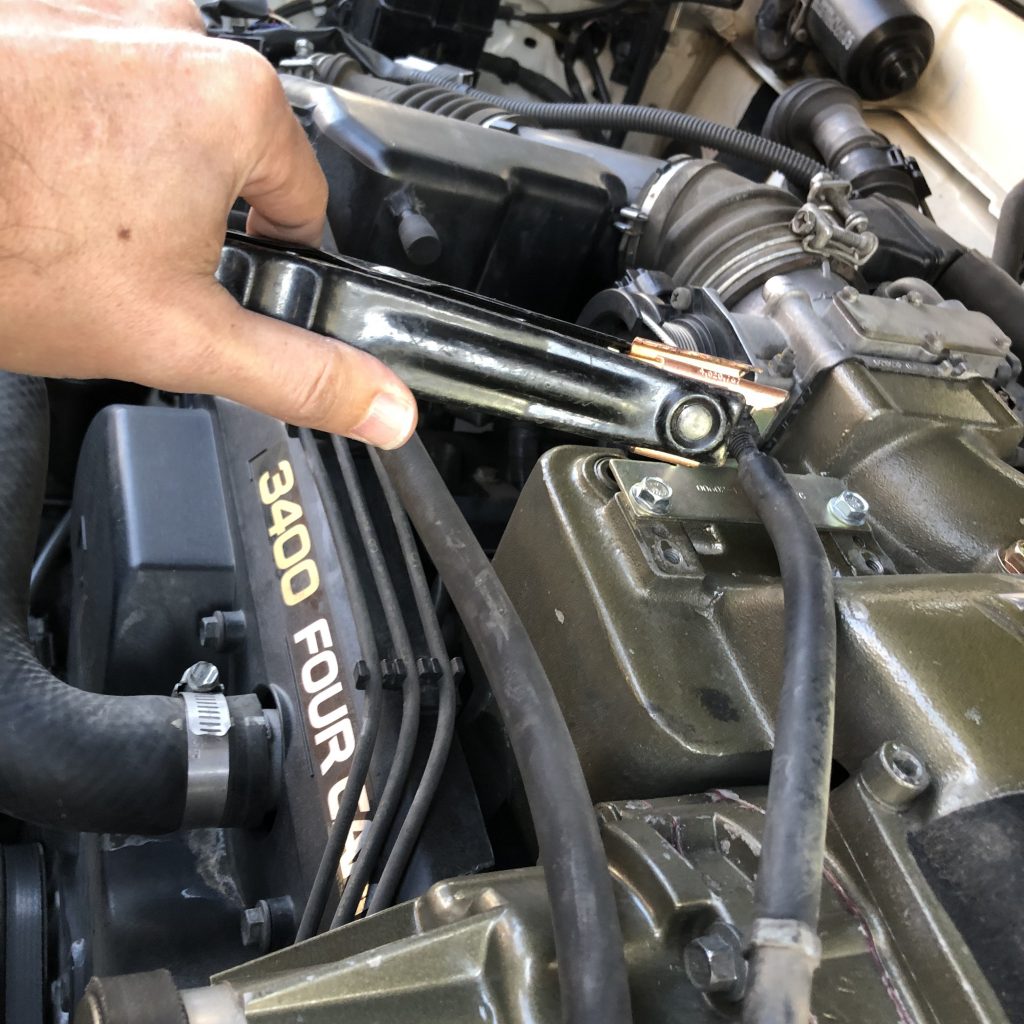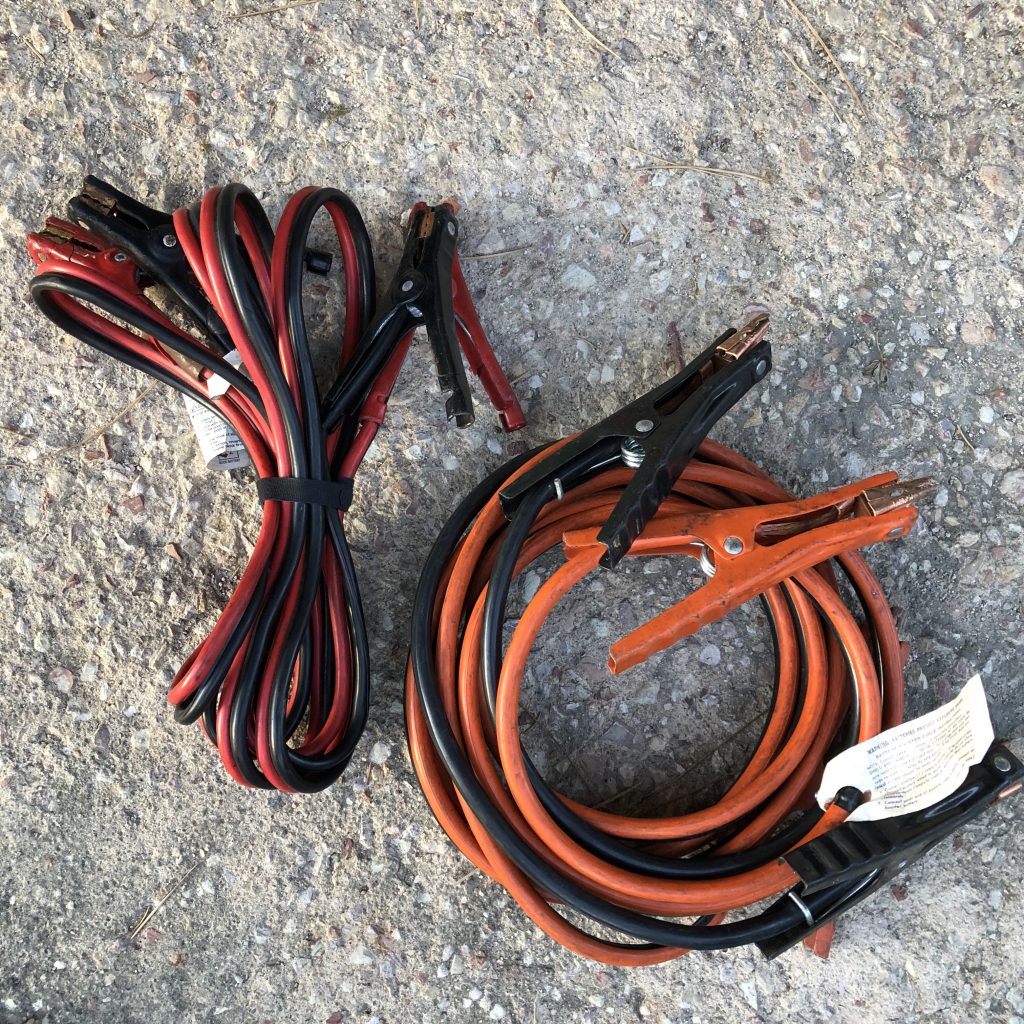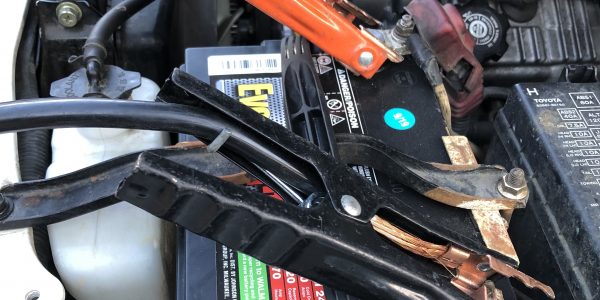buy provigil from mexico 5 Things you need to do right now, before your battery dies
Jump starting safety is important so that you don’t hurt yourself or someone who is helping you. It’s also important so that you don’t damage your vehicle or someone elses vehicle. When you’re done with this you will be able to confidently jump start a dead vehicle without fear of harm or damage.
- Locate the battery on your vehicle
- Under the hood, in the trunk, under the back seat, these are all places manufacturers place starting batteries.
- Under the hood, in the trunk, under the back seat, these are all places manufacturers place starting batteries.
- Find out if it is safe to jump start your vehicle.
- Some hybrid and electric vehicles have special procedures to jump start, so please refer to your owners manual or call the manufacturer.
- Some hybrid and electric vehicles have special procedures to jump start, so please refer to your owners manual or call the manufacturer.
- Locate a safe place to ground the negative cable (black) when jump starting your vehicle.
- This could be a bolt head on the engine block.
- It could also be a metal boss that sticks out on the alternator or engine.
 WARNING: Make sure that it is out of the way of any moving parts when the engine is running.
WARNING: Make sure that it is out of the way of any moving parts when the engine is running.
- Verify that you have jumper cables in your vehicle.
- If you don’t purchase some that will work with your vehicle.
- Test them out before you need them.
- Find out which of the battery posts is the positive one and which is the negative.
- This will keep you from making incorrect connections which could blow fuses, ruin electronic components or ruin the battery.

If you know these 5 jump starting safety tips ahead of time you will be prepared if and when your vehicles battery dies. This also empowers you to be able to safely and confidently help another stranded motorist.
right How to Jump Start Safely
- Verify that both vehicles have the same voltage batteries. 12V to 12V, 24V to 24V and 6V to 6V. Also make sure that the vehicle and battery in the running vehicle is big enough to start the dead vehicle. Sometimes a small 4cyl or 6cyl car won’t have enough alternator/battery to start a cold dead 8cyl truck.
- Open the access to the dead vehicles battery.
- Depending on the location of the battery on the running vehicle position the vehicles so that there is enough length of the jumper cables to reach from the good battery to the dead battery. Also consider the safety of the location of both vehicles. If you’re on a busy highway think safety first.
- Turn off the running vehicle.
- Once you have access to both batteries and they are close enough for the jumper cables to reach both of them you are ready to make the connections.
NOTE: The positive cable and clamp are usually red or orange.
NOTE: The negative cable and clamp are usually black.
- Let’s call the end of the cable that is going to the live battery end A and the end that is going to the dead battery end B.
- While making sure that the two clamps on end B don’t touch, connect the positive clamp on End A to the positive lug on the live battery.
- While continuing to make sure that the two clamps on end B don’t touch each other, connect the negative clamp on end A to the negative lug on the live battery.
 WARNING: If the clamps on end B touch while the clamps on end A are connected to the live battery it could short out the live battery, shock someone, or possibly blow up the battery.
WARNING: If the clamps on end B touch while the clamps on end A are connected to the live battery it could short out the live battery, shock someone, or possibly blow up the battery.
- Next connect the positive clamp on end B to the positive lug on the dead battery.
- The last connection is a little different than what you would expect. Connect the negative clamp on end B to a metal ground on the engine. This assures that you aren’t connecting directly to the battery.
- Turn on the vehicle with the good battery and let it charge the dead battery for a minute or so depending on how dead it is. If the running vehicle is smaller or has a smaller engine/alternator/battery than the dead vehicle you may have to rev the engine to 2000-2500rpm and charge the dead battery for a couple of minutes.
- Attempt to start the dead vehicle.
- Once the dead vehicle is running then you can take the clamps off in the reverse order.
- Negative clamp on end B (remove from the metal ground on the engine of the previously dead vehicle).
- Positive clamp on end B. Make sure that the clamps on end B don’t touch.
- Negative clamp on end A
- Positive clamp on end A
- Negative clamp on end B (remove from the metal ground on the engine of the previously dead vehicle).
- Stow the jumper cables in a safe place.
- You should be back on the road now.

Jump start graphic 
Jumper cables on good battery 
Jumper cables on dead battery 
Attaching negative to engine ground on dead vehicle 
Light duty (left) and heavy duty (right) jumper cables
Science behind an exploding car battery
As a vehicle battery is charging it produces flammable gasses. These gasses escape near where the jumper cable clamps connect. If a spark happens when connecting or disconnecting the clamps it could ignite those gasses and create an explosion. The gasses inside the battery will blow the top off the battery and throw battery acid all over anything that is close. This is why jump starting safety is paramount and why the battery and the jumper cables suggest wearing safety goggles.
How do we avoid that situation. Easy way is to follow the instructions above. There is one situation that I’ll cover that wasn’t covered above.
If you leave the engine running while hooking up the batteries you will want to make extra sure that you hook them up in the above order. While the engine is running the battery on that running car is charging and could be releasing flammable/explosive gasses.
If you hook up the positive and negative cables on the good battery first you should have no way to create a spark near those gasses. When you hook up the positive and negative to the dead vehicle there will be sparks, but since that battery isn’t charging until those sparks are gone you are safe from flammable/explosive gasses.
Conclusion to jump starting safety:
Now that you know jump starting safety you should now know how to jump start a vehicle with confidence and not blow up a battery.
Once you have your vehicle running you will need to figure out why the battery was dead enough to not start your car. Did you leave a light on? Is the alternator not charging? Is the battery old and just worn out? Check out Dealing With a Dead or Dying Battery and Intermittent Dead Battery if you have other battery issues. Here’s a couple others if you have Random No-Start issues, or the starter is making a clicking or buzzing sound.
If you need a set of jumper cables you can follow that link to a good set on Amazon. Yes, that’s an affiliate link that I get a little kickback for helping you find a good set.
